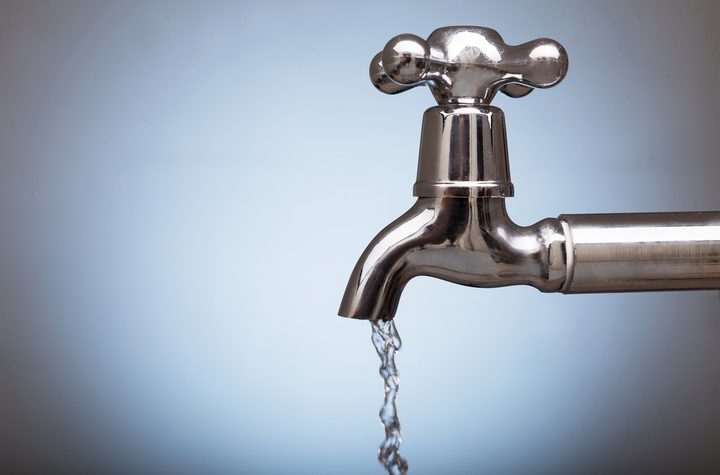A leaky faucet is a major problem for any household. Not only will you waste water, but when prolonged, you could end up wasting hundreds of dollars on your utility bills. A faucet can, unfortunately, lose gallons of water a day.
To save money and get this issue repaired, the cause of a faucet dripping is something most homeowners can address without the need for a plumber. Let’s learn about what causes a faucet to drip:
Cause #1: Broken Washers
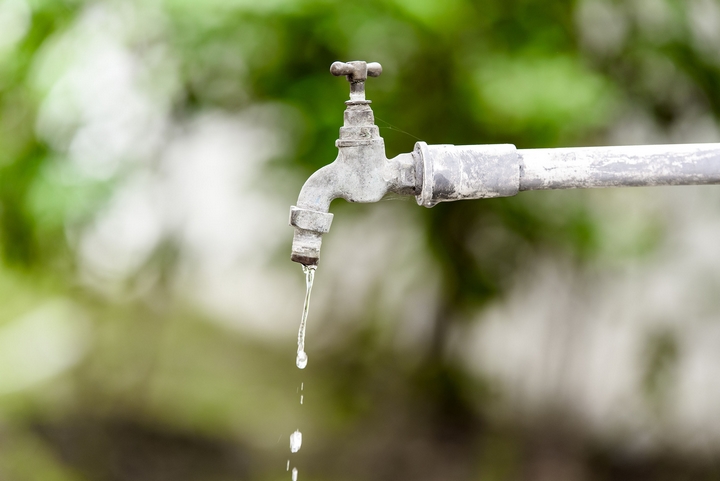
One of the most common causes of a faucet dripping is broken washers. Washers are set against the valve. In time, the friction will cause the washer to wear out. This happens often, but luckily, washers aren’t expensive. They can be replaced very easily. If the washer is the wrong size or is not installed properly, this can cause problems.
Get the right size washer, positioning it correctly against the valve before tightening and sealing the faucet.
Cause #2: Two-Handle Broken Cartridge
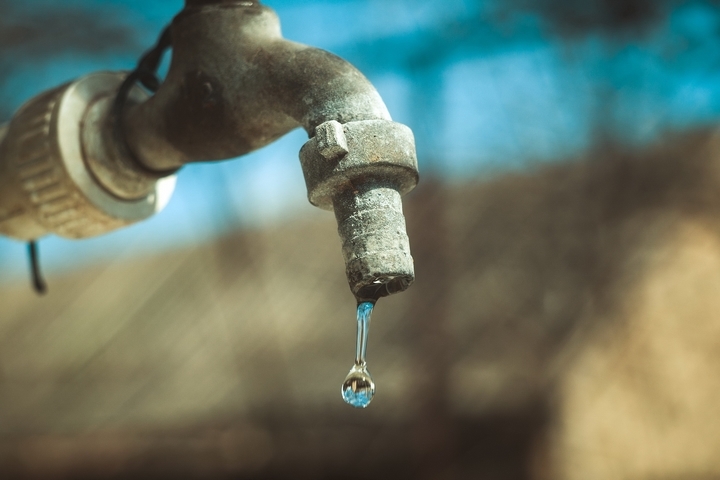
A faucet with two handles – one hot and the other cold – uses a cartridge to activate the water. Like any other mechanism, Cartridges can incur damage and wear and tear.
The cartridge is a valve that controls water flow as it rushes up from the pipe and into the faucet spout. Evaluating the cartridge is something that any plumber or homeowner can do. However, you will need the right tools to do so.
Cause #3: Malfunctioning O-Ring
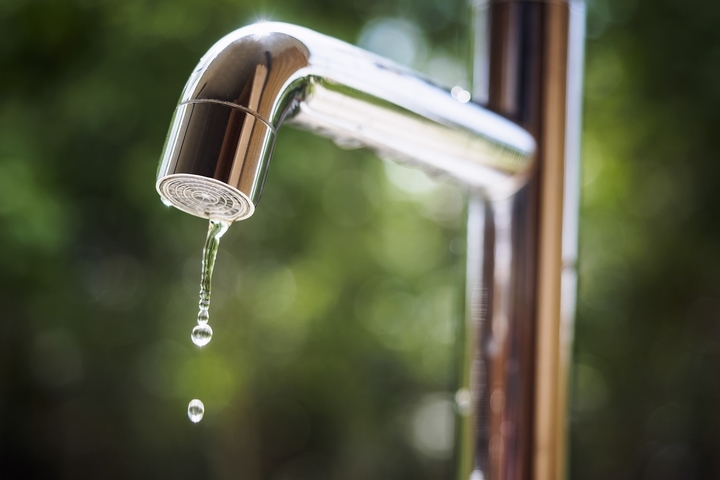
A malfunctioning O-ring can also occur. The O-ring is located in the sink faucet. You will see it’s a small disc attached to a stem screw. It holds the handle of the faucet in place. Like a washer can wear down and break, so can an O-ring over time.
It will likely be an O-ring issue if the handle is dripping or leaking instead of the spout. A worn O-ring can be replaced easily by pulling the old O-ring off the valve body and slipping a replacement on.
Cause #4: Deteriorated Valve Seat
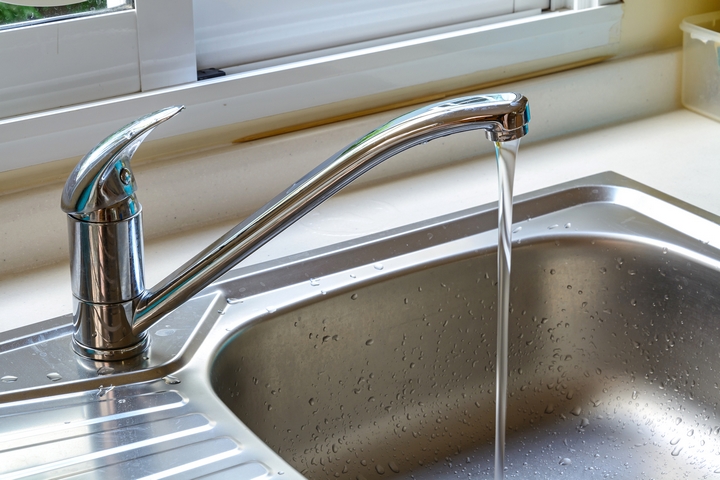
A deteriorated valve seat is possible when the spout leaks from the faucet. The valve seat connects the faucet to the spout. Sediment can build up over time and erode the seat, eventually resulting in a leak. To clean this, simply remove the stem or cartridge. Pour white vinegar over the valve seat.
Let it soak for a few minutes. After it has soaked, scrub it away to restore its smoothness. If the valve is damaged, it may need to be replaced.
Cause #5: Water Pressure Issue
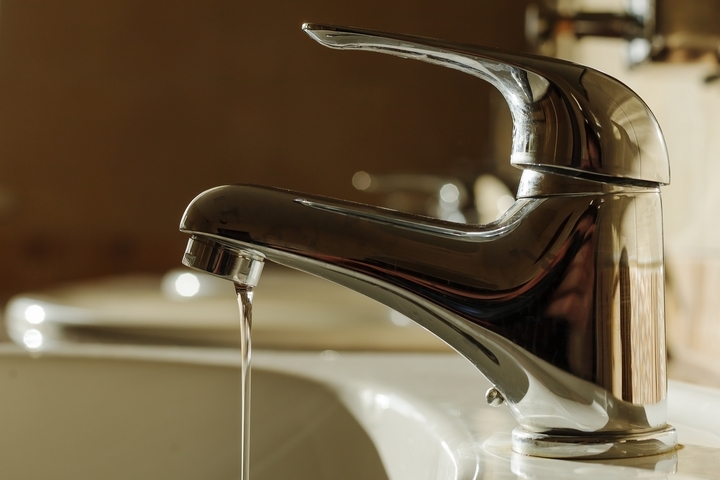
You have a faucet in your bathroom or kitchen that only drips water during a certain time of day. That could be a water pressure issue.
You may see the faucet drip when you move the faucet handle a certain way, stopping abruptly when you reposition the handle. This is a sign that something is happening with your water pressure and that high water pressure will require a fix.
Cause #6: How To Check Your Faucet
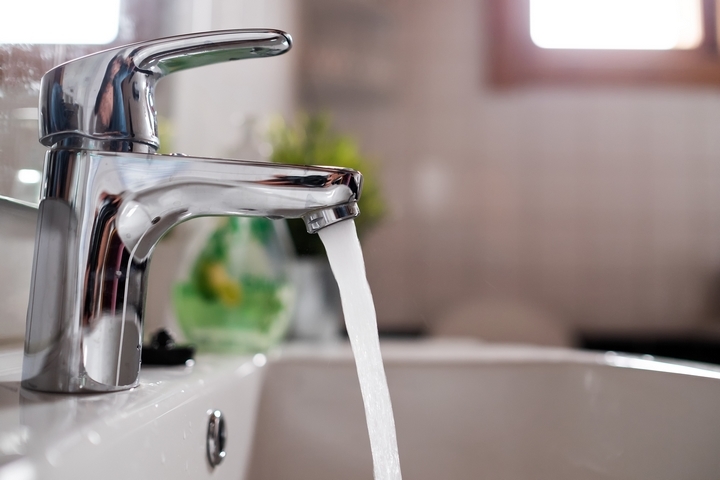
To check for the cause of a faucet dripping, turn off your water. Shut off the water by turning the fixture shutoff valve below the sink or, if none exists, turn off the water supply for the entire property. Turn the faucet on and make sure there is no water coming out.
Then, disassemble the faucet handles by removing the cap and detaching the valve stem. You may want to refer to your faucet manual about disassemble your precise model faucet.
Cause #7: Type Of Faucet Matters
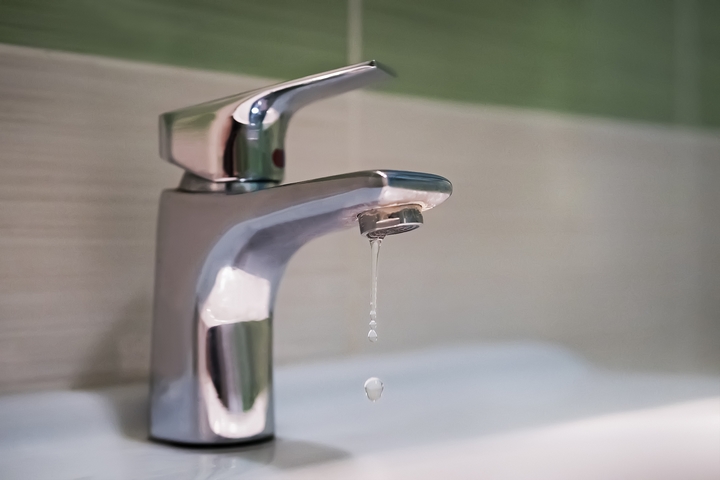
Every faucet works a little differently in terms of taking them apart. Cartridge faucets are usually in bathrooms, with two handles and a spout. The handle moves up and down, controlling the water.
Ball faucets use a ball joint to manipulate the hot and cold water, controlled by a single handle on a rounded cap topping your spout. These are most common in kitchens or rooms where there is a lot of use.
Disc faucets are a newer type of faucet and are more of a luxury tap. They have a single lever sitting atop a cylindrical body. They make up some of the most durable faucets, extremely reliable in their build.
Compression washer faucets are the oldest type of faucets but are still used. Rubber washers are used to tightly seal these, with two handles moving side to side.
Cause #8: Other Causes
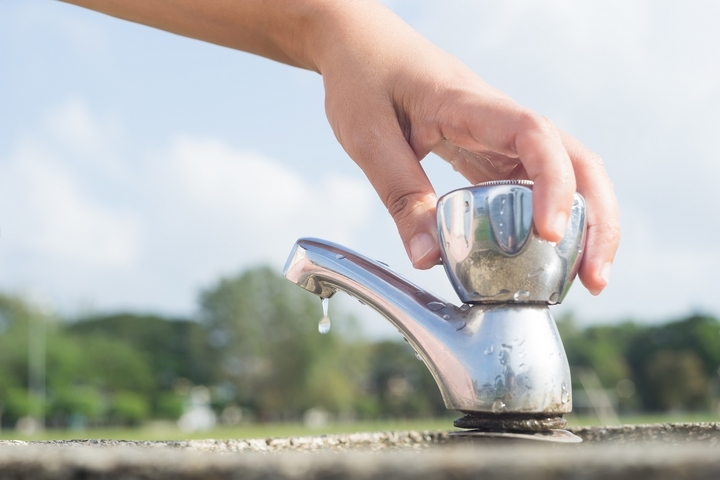
It may not be obvious precisely what is causing the faucet to drip. Always check your work to verify that what you’ve done has worked and that the issue is no longer present. If in doubt, a plumber can certainly assist.
If you have tried everything and still encounter issues, notifying a plumber and getting an inspection done is recommended. In most cases, though, resolving a dripping faucet should be fairly straightforward and inexpensive.

